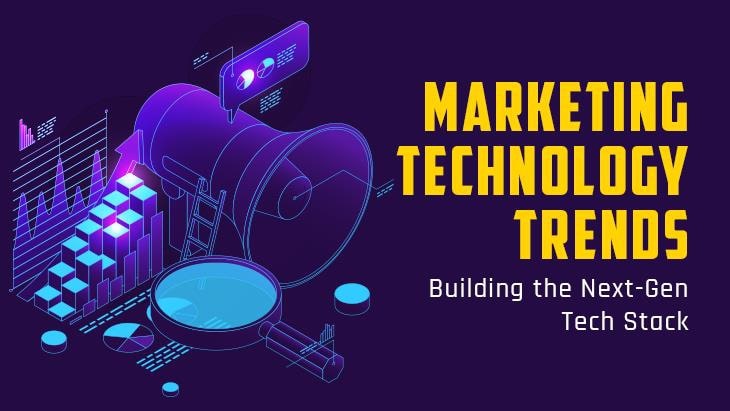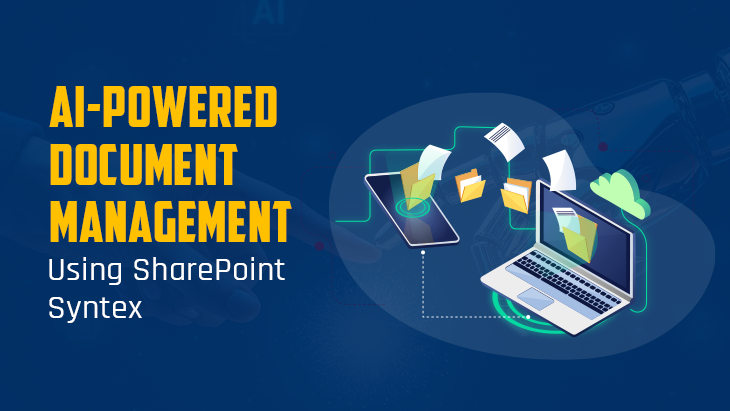THE SAGA OF BLOCKCHAIN:
Way back in the year 1992, Stuart Haber and W. Scott Stornetta successfully completed their first chain of blocks by their work of cryptography. They did this because they wanted to create a safe and secure place where documents timestamps could not be tampered. Then Bayer, Haber and Stornetta proved to be successful in improving the efficiency of the design and this even allowed them to store several document certificates in a single block and they used Merkle Trees to improve the efficiency of the design.
In the year 2008 a group of people called Sakshi Nakamoto for the first time drafted the first blockchain and not only this but even improved it’s efficiency by employing the Hash-cash method. With the help of these methods timestamps can be blocked and they don’t even require the sign of trusted parties. Also, it reduces the speed with which the blocks are added to the chain.
In the year 2014 in August a blockchain file of size 20 GB occurred on the network and it even contained all the transactions that have occurred in the network. In the following year, that is in 2015 the size extended up to 30 GB the in the year from 2016 to the year 2017 the file size increased and ranged between 50 GB to 100 GB.
The terms block and chain were first used separately but only after the year 2016, they were used together. As mentioned by the diffusion of innovations, blockchains adopted 13.5% of adoption rate within financial services hence reaching the early adopters phase.
WHAT IS BLOCKCHAIN TECHNOLOGY?
Blockchains are the place where digital information is stored in a public database. The blocks contain the digital pieces of information. These blocks of the blockchains serve to store three types of informations, specifically:
- The blocks of blockchains serves to store all the dates, time and day of the transactions. Even the amount spent on the most recent purchase is also stored.
- Secondly, the blocks of blockchains serve to store information about who is participating in the transaction. However the blocks may not store the information with your actual name, a digital signature of yours may work.
- Thirdly, every block contains some unique information which differentiates it from the other blocks and this code which differentiates it from other blocks is called ‘hash'.
A blockchain can store data depending upon the size of the transaction that is a single block may shelter few thousand transactions.
HOW DOES BLOCKCHAIN WORK?
To know the working of blockchain you need not spend a lot of mind. It’s easy if you get your basic concept clear on it. Here's how a blockchain works:
- The first and foremost thing required is a transaction. A transaction should take place and the transaction is to be virtually signed using the private key created via cryptography. A transaction may represent various actions of a blockchain and the most common thing that the data structure of a blockchain represents is the transferred value between two users, the source and destination address, the must – follow rules and also the other validation information.
- Validation of the transaction is important. The transaction is propagated via the gossip protocol to peers. That is the information about the transaction is shared with other public records like Security Exchange Commission, Wikipedia or Local library then the rest of the work is left to other network of computers. In case of bitcoins, there is a network of up to 5 million computers spread across the globe. The computers confirm the details of your transaction.
- The transaction then must be included in a block and soon as the transaction is verified as accurate it is spread or propagated on to the network. Now you know that your transaction is confirmed and others too, may join it.
- The block now becomes a part of the ledger and should be given a unique code and identity as said earlier 'hash'. The other blocks may now join the chain. This is the second confirmation of the transaction and the first confirmation of the block.
- After every block is added the transaction is reconfirmed and at most six confirmations are required for the transaction to be declared final.
CONCLUSION:
Blockchain technology has a number of integrated uses. The primary use of blockchains is that they are used as a distributed ledger for cryptocurrency, most profoundly bitcoins. Furthermore, the contents of the blockchains can be viewed by everyone. A user may also connect his computer to the blockchains network and in this computer gets an updated copy every time a block is added to the blockchain.















